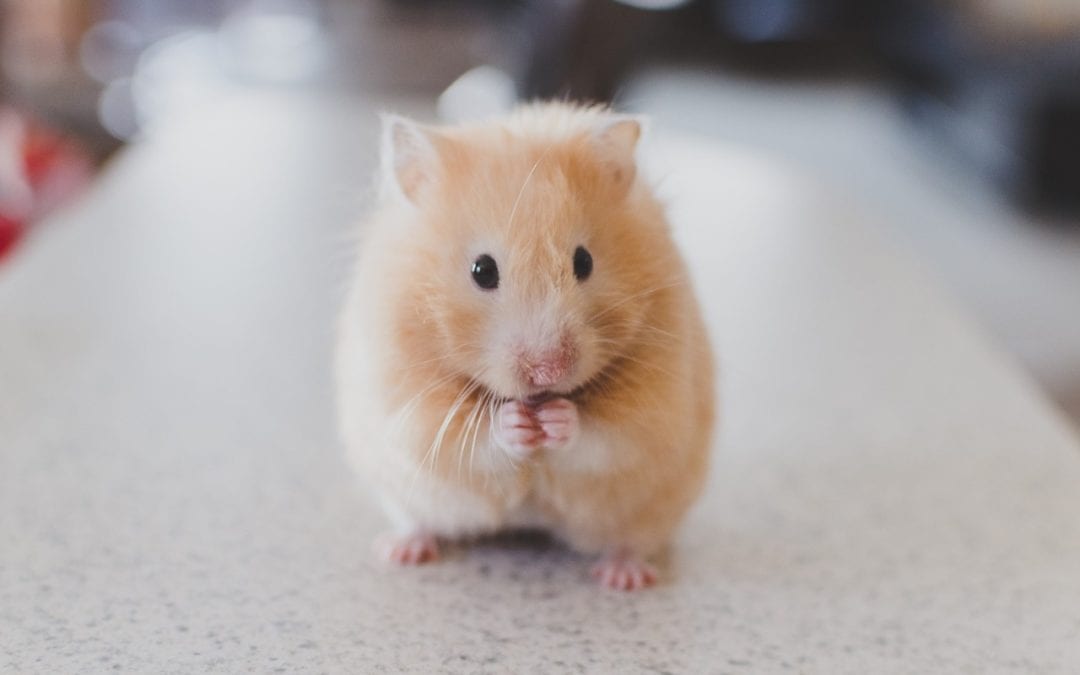It seems like a simple enough task: deciding what to put in the bottom of your pet’s cage. When it comes down to it, though, the selection out there is staggering.
Your friend shreds newspaper for her rabbit, while your sister uses cedar shavings. The bedding aisle at the pet store is filled with a variety of additional products, including pine shavings, ground corn cobs, alfalfa hull, compressed cellulose, and shredded butcher paper.
How do you decide? Does it really matter? We suggest you use the following criteria when making a bed for your little critter:
Nontoxic
Pocket pets love to chew, and chances are that some of what you line the cage with is going to end up in a mouth. Be careful using newspaper, as it may contain high levels of ink and other chemicals that are best not ingested. Also, cedar can be toxic to certain species and its pungent oils can be very irritating to an animal that is in an enclosed space. Pine is also thought to have potential toxicity concerns. If you chose to use wood shavings, aspen is probably your best bet.
Inedible
The last thing you want is for your pet to fill up on something that provides no nutrition. In addition, bedding such as ground corn cobs may have harmful, sharp edges.
Dust free
Your pet is in a small, enclosed area the majority of the time. Could you imagine spending your days in a virtual dust cloud? Choose a dust-free litter to avoid this problem. Chinchillas do like to take dust baths, but this opportunity should be provided outside of their normal enclosure. Something like recycled newspaper pellets can be ideal.
Absorbent
Bedding is there, in part, to help absorb waste. Different options have varying absorbency and one may work better than another for your pet. Change bedding entirely at least twice weekly and disinfect your pet’s cage on a weekly basis.
Good nesting material
Many small rodents have an urge to nest and tunnel. The ideal bedding should allow them to do this as they wish. If you use something such as pelleted bedding, you may need to provide undyed cardboard, ink-free paper, or even toilet paper for your pet to nest with.
Who knew choosing bedding for your pet could be so complicated? If you have further questions or need help making your decision, please let us know so that we can help you to build the ideal home for your pet.

